If the mass of A=10 kg, coefficient of static friction=0.22, coefficient of kinetic friction=0.2, then minimum mass of B to start motion is
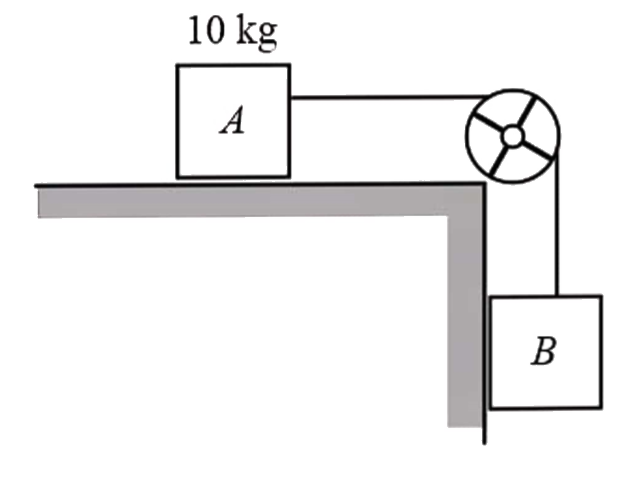
2 kg
2.2 kg
4.8 kg
3.4 kg
Step by step video & image solution for If the mass of A=10 kg, coefficient of static friction=0.22, coefficient of kinetic friction=0.2, then minimum mass of B to start motion is by Physics experts to help you in doubts & scoring excellent marks in Class 12 exams.
Updated on:21/07/2023Topper's Solved these Questions
Similar Questions
If the mass of the block A = 10 kg and the coefficient of static and kinetic friction is 0.2, then the mass of block B to start the motion is
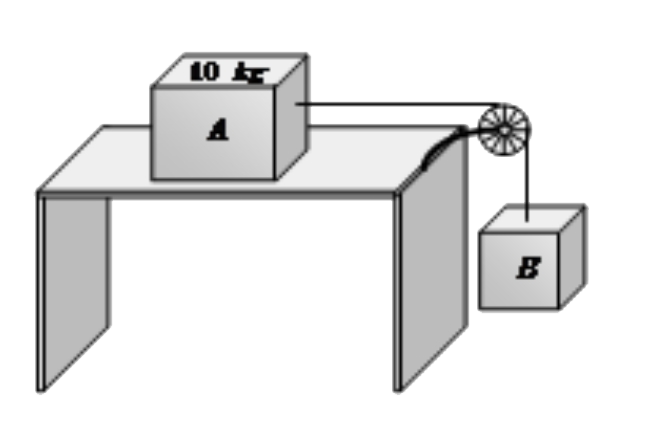
View SolutionIn the arrangement shown in the figure, friction exists only between the two blocks, A and B. The coefficient of static friction μs=0.6 and coefficient of kinetic friction μk=0.4, the masses of the blocks A and B are m1=20kg and m2=30kg, respectively. Find the acceleration (in ms−2) of m1, if a force F=150N is applied, as shown in the figure. [Assume that string and pulleys are massless]
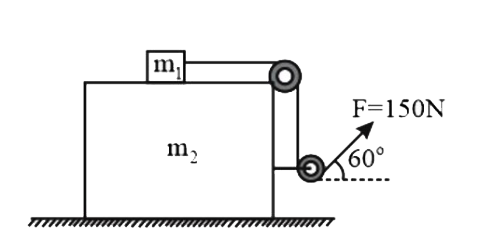
View Solution
Knowledge Check
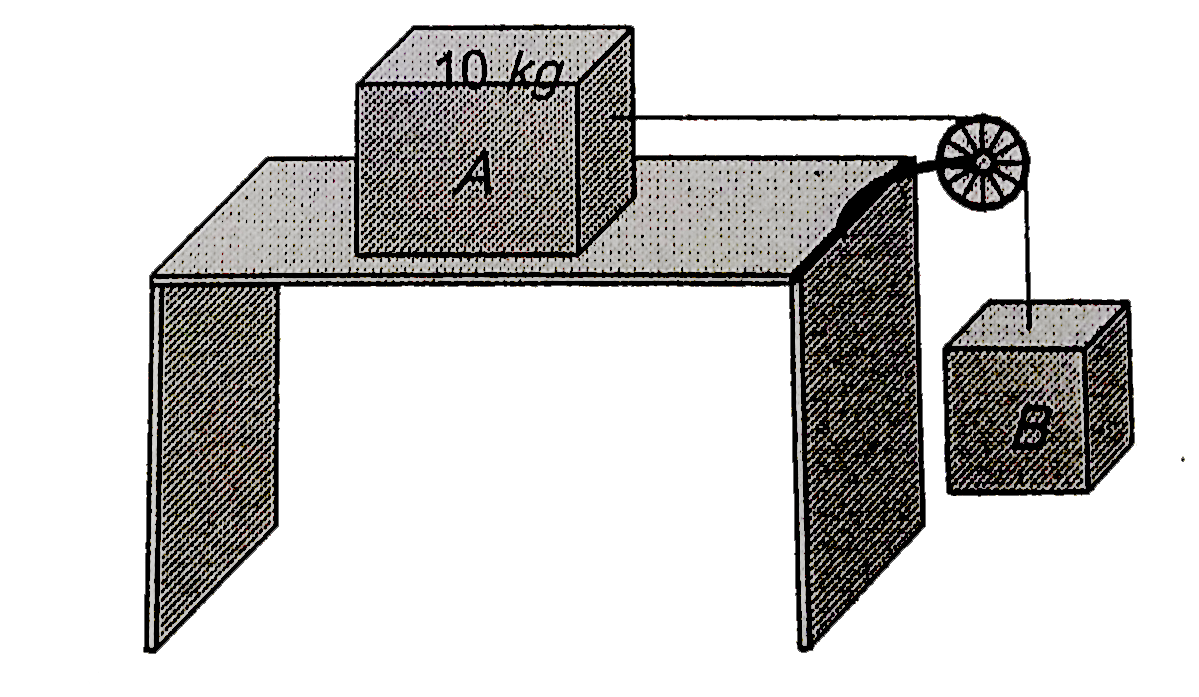
If mass of A=10 kg, coefficent of static friction =0.2 coefficient of kinetic friction =0.2 then mass of B to start motion isA2 kgB2.2 kgC4.8 kgD200 kgThe blocks A and B are arranged as shown in the figure. The pulley is frictionless. The mass of A is 10 kg . The coefficient of friction of A with the horizontal surface is 0.20. The minimum mass of B to start the motion will be
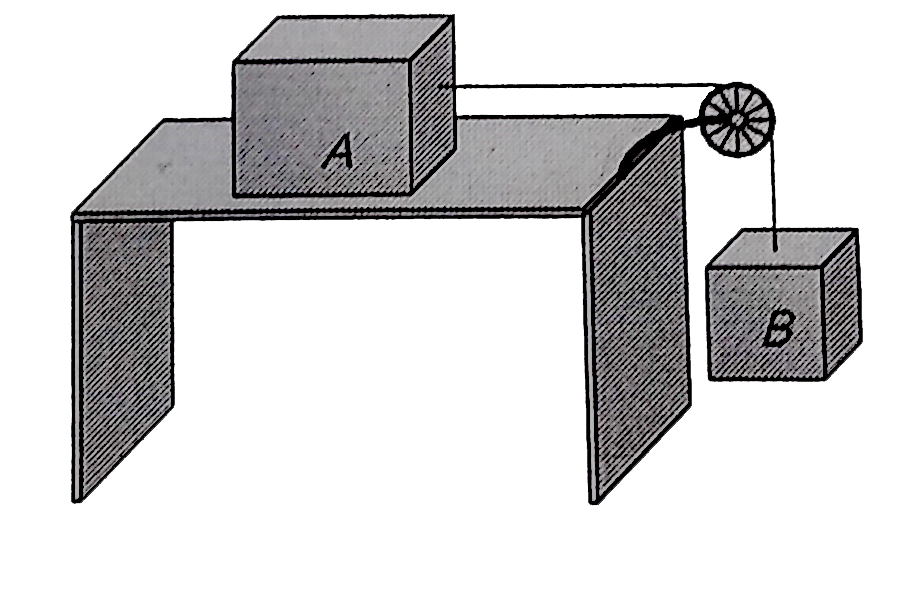 A2 kgB0.2 kgC5 kgD10 kg
A2 kgB0.2 kgC5 kgD10 kgIf coefficient of static friction is μs and coefficient of kinetic friction is μk , which one is correct ?
Aμs=μkBμs>μkCμs<μkDμs≤μk
If μk is the coefficient of kinetic friction and μs the coefficient of static friction then generally
View SolutionIn Fig. 6-54, a slab of mass m1=40 kg rests on a frictionless floor, and a block of mass m2=12 kg rests on top of the slab. Between block and slab, the coefficient of static friction is 0.60, and the coefficient of kinetic friction is 0.40. A horizontal force →F of magnitude 120 N begins to pull directly on the block, as shown. In unit-vector notation, what are the resulting accelerations of (a) the block and (b) the slab?

View SolutionA block of mass 1kg is at rest on a rough horizontal surface having coefficient of static friction 0.2 and kinetic friciton 0.15, find the frictional forces if a horizontal force,
(a) F=1N (b) F=1.96N (c) F=2.5N is applied on a block
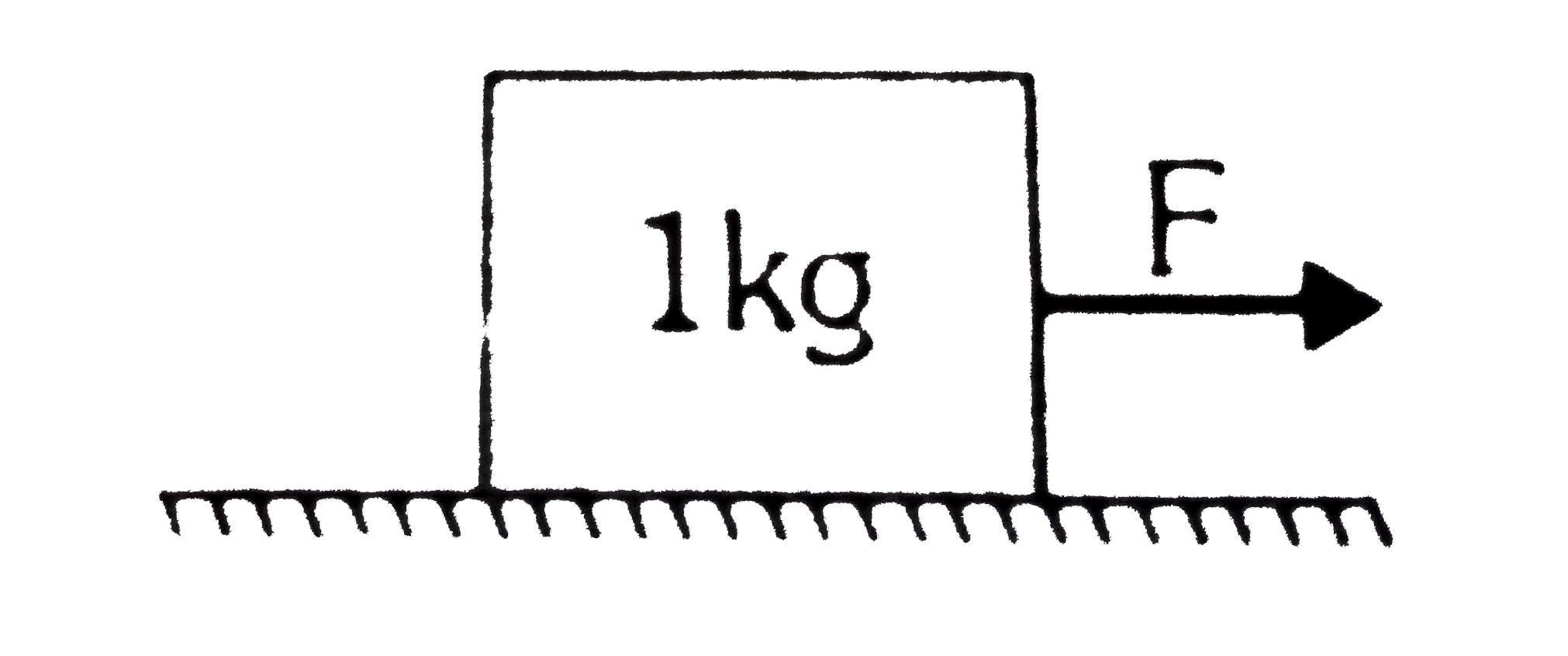
View SolutionIf μk is the coefficient of kinetic friction, μl is the coefficient of rolling friction and us is the coefficient of static friction, then
View SolutionMark the correct statements about the friction between two bodies -
(a) static friction is always greater than the kinetic friction
(b) coefficient of static friction is always greater than the coefficient of kinetic friction
(c ) limiting friction is always greater than the kinetic friction
( d) limiting friction is never less than static friction
View Solution
